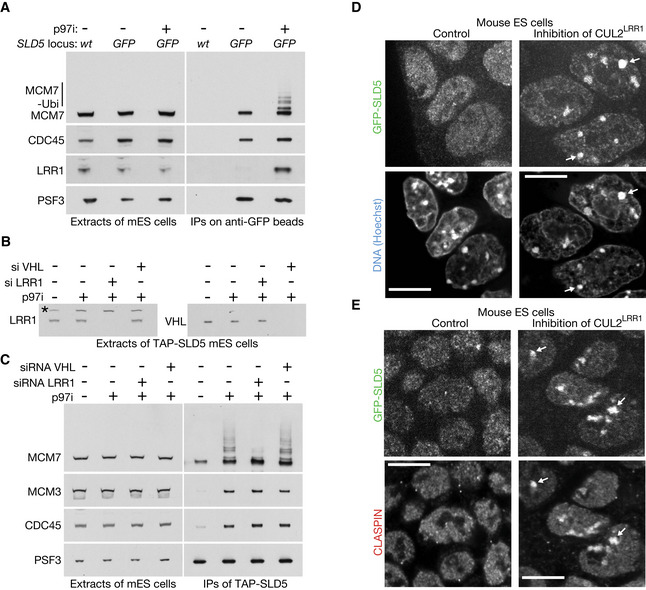Figure 3. CUL2LRR1 is required for CMG ubiquitylation and replisome disassembly during S‐phase in mouse ES cells.

-
ACell extracts were generated after the indicated treatments and then incubated with anti‐GFP beads. Factors co‐purifying with GFP‐SLD5 were monitored by immunoblotting.
-
BTAP‐SLD5 cells were subjected to the indicated treatments. The level of LRR1 and VHL was assessed by immunoblotting. The asterisk denotes a non‐specific band.
-
CFor the experiment described in (B), TAP‐SLD5 was isolated from cell extracts and the indicated factors monitored by immunoblotting.
-
DThe activity of CUL2LRR1 was inhibited in GFP‐SLD5 cells as described in Materials and Methods, by treatment with a combination of LRR1 siRNA and MLN4924 (the combined treatment was important to block CMG disassembly during DNA replication termination, and Fig EV2B shows combining LRR1 siRNA with MLN4924 produces a tighter block to CMG‐MCM7 ubiquitylation than either individual treatment). Fixed cells were analysed as above. Arrows indicate the accumulation of GFP‐SLD5 on constitutive heterochromatin (49% cells, n = 125).
-
ECells were treated as in (D) and the localisation of GFP‐SLD5 was compared with CLASPIN by immunofluorescence. Arrows indicate the co‐localisation of GFP‐SLD5 and CLASPIN on constitutive heterochromatin (in 90% cells with GFP‐SLD5 patches, n = 103).
Data information: Scale bars in all panels correspond to 10 µm.
